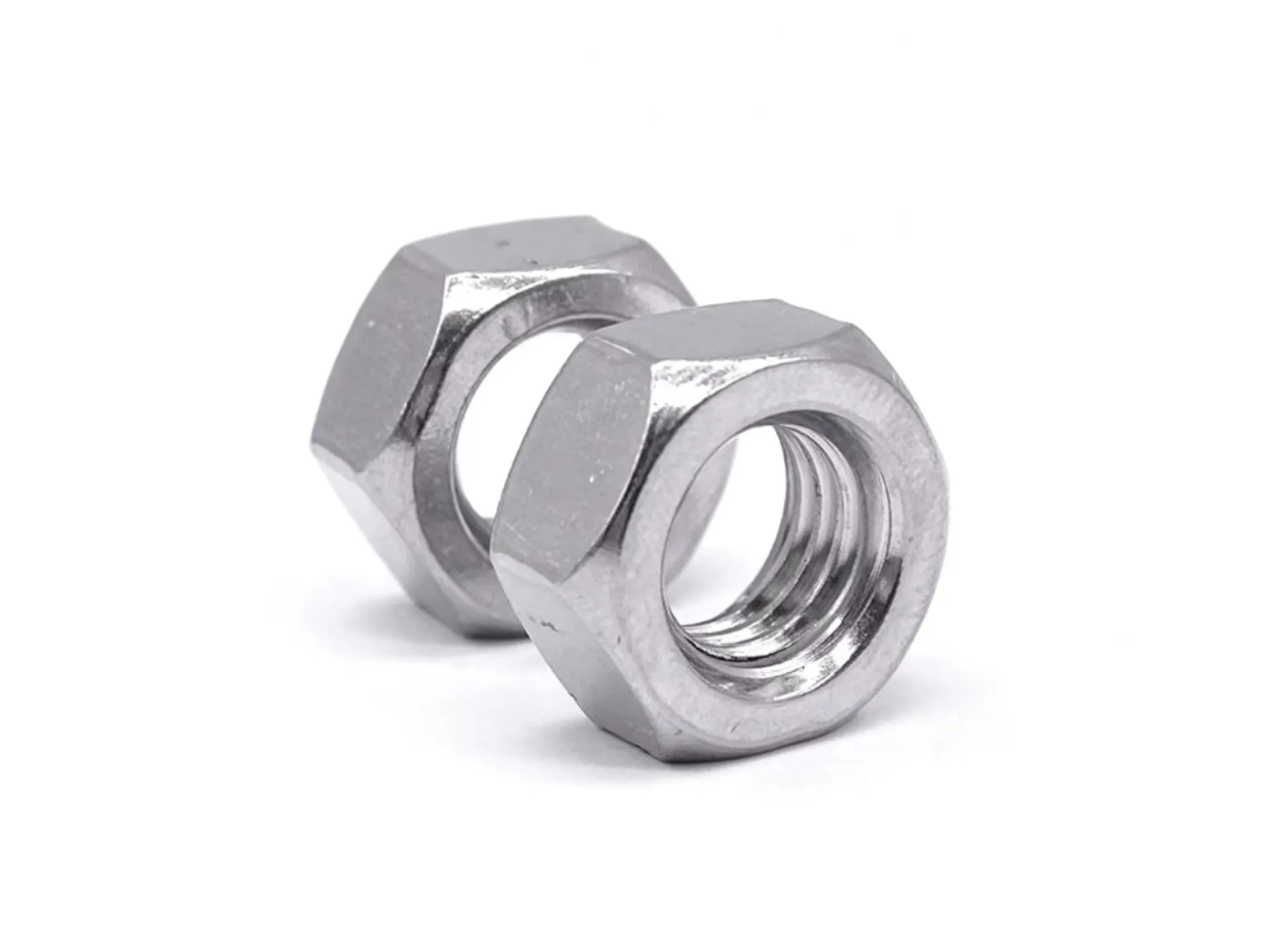

similarities and differences between plain washer and spring
Sep . 22, 2024 01:59 Back to list
similarities and differences between plain washer and spring
Similarities and Differences Between Plain Washers and Spring Washers
Washers play a crucial role in many mechanical assemblies, serving the purpose of distributing loads, reducing friction, and preventing damage to surfaces. Among the various types of washers, plain washers and spring washers are commonly used, each having distinct characteristics and applications. This article explores the similarities and differences between these two types of washers.
Similarities
Both plain washers and spring washers share the fundamental function of load distribution. By acting as a spacer between the bolt head or nut and the surface of the material being fastened, both types help spread the load over a wider area. This helps to prevent damage, such as indentations or deformation, of the workpiece. Additionally, they are made from similar materials, such as metal, plastic, or rubber, providing strength and durability. Both washers are also essential in ensuring the tightness and stability of bolted joints, contributing to the overall integrity of mechanical assemblies.
Differences
similarities and differences between plain washer and spring

While plain washers and spring washers may serve overlapping functions, their designs and applications are significantly different. Plain washers are flat, disc-shaped components without any additional features. They can be used in various settings to serve basic functions, such as preventing wear and making fastening easier. However, they do not provide any additional forces beyond load distribution.
In contrast, spring washers, also known as lock washers, are designed to exert a spring force that helps maintain tension in the joint. Their unique shape, often featuring a helical or split design, allows them to compress and expand under load. This characteristic enables spring washers to absorb shock and vibration, making them particularly advantageous in applications where movement or fluctuations in load may occur, such as automotive and heavy machinery.
Another significant difference lies in their installation and removal. Plain washers can be easily placed between the nut and surface, but spring washers require careful orientation to ensure they function correctly. The correct installation of spring washers is crucial; improper orientation can lead to ineffective locking or play in the assembly.
Conclusion
In summary, while plain washers and spring washers share the common goal of supporting mechanical fastenings by distributing loads, their differences in design and functionality make them suitable for different applications. Plain washers are ideal for general load distribution, while spring washers offer additional benefits of tension maintenance and vibration absorption. Understanding these similarities and differences is essential for selecting the appropriate washer type for specific engineering needs, thereby enhancing the reliability and efficacy of mechanical systems.
Latest news
-
Hot Dip Galvanized Bolts-About LongZe|High Strength, Corrosion Resistance
NewsJul.30,2025
-
High-Strength Hot Dip Galvanized Bolts - Hebei Longze | Corrosion Resistance, Customization
NewsJul.30,2025
-
Hot Dip Galvanized Bolts-Hebei Longze|Corrosion Resistance&High Strength
NewsJul.30,2025
-
High-Strength Hot-Dip Galvanized Bolts-Hebei Longze|Corrosion Resistance&High Strength
NewsJul.30,2025
-
Hot Dip Galvanized Bolts-Hebei Longze|Corrosion Resistance&High Strength
NewsJul.30,2025
-
Hot Dip Galvanized Bolts - Hebei Longze | Corrosion Resistance, High Strength
NewsJul.30,2025

